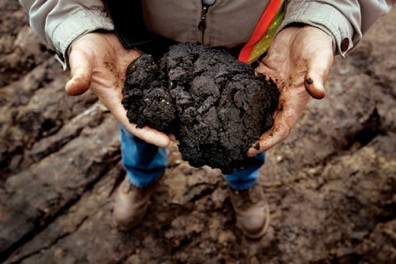
A few weeks ago, the New Yorker ran an excellent piece called "Unconventional Crude" which focused on Canada's tar sands. It was written by Elizabeth Kolbert, who got a lot of attention a year or so ago with a three part New Yorker piece called "The Climate of Man." (which was a summarized form of her book "Field Notes of a Catastrophe," and also something I found a pdf copy of on the web)
Anyway, I can't find the entire piece on line, but the New Yorker does offer up a good abstract with many of the relevant facts. Worth checking out, especially if you consider yourself the sort who "knows about the tar sands, but doesn't really know about the tar sands."
With unconventional oil extraction, however, the damage to the environment tends to be higher all around--more land gets disturbed, more pollutants are produced, and then there are the greenhouse gases. "All unconventional forms of oil are worse for greenhouse-gas emissions than petroleum," said Alex Farrell, of the University of California at Berkeley. Farrell and Adam Brandt found that the shift to unconventional oil could add between fifty and four hundred gigatons of carbon to the atmosphere by 2100.
A good read if you manage to get a copy of it. One of the interesting factoids was that obtaining 4 barrels worth of energy required the energy of 1 barrel to get it.
More like this
by V. Tinney, J. Paulson, and E. Webb
Guam Rhino Beetles Got Rhythm:
I was checking up on some of this, stimulated by the New Yorker article and my need to teach sustainability in first-year biology. The latest technology is called SAGD, which stands for steam-assisted gravity drainage. Pairs of pipes are run horizontally through the sands - the upper pipe pumps out steam to heat the sands and the lower pipe collects the oil that the heat liquefies. The companies using this technology claim they'll only need to burn one barrel for each 9 they deliver. But I also found a report that the steam moves much more unevenly through the sand than they had assumed, so this estimate may be very optimistic.